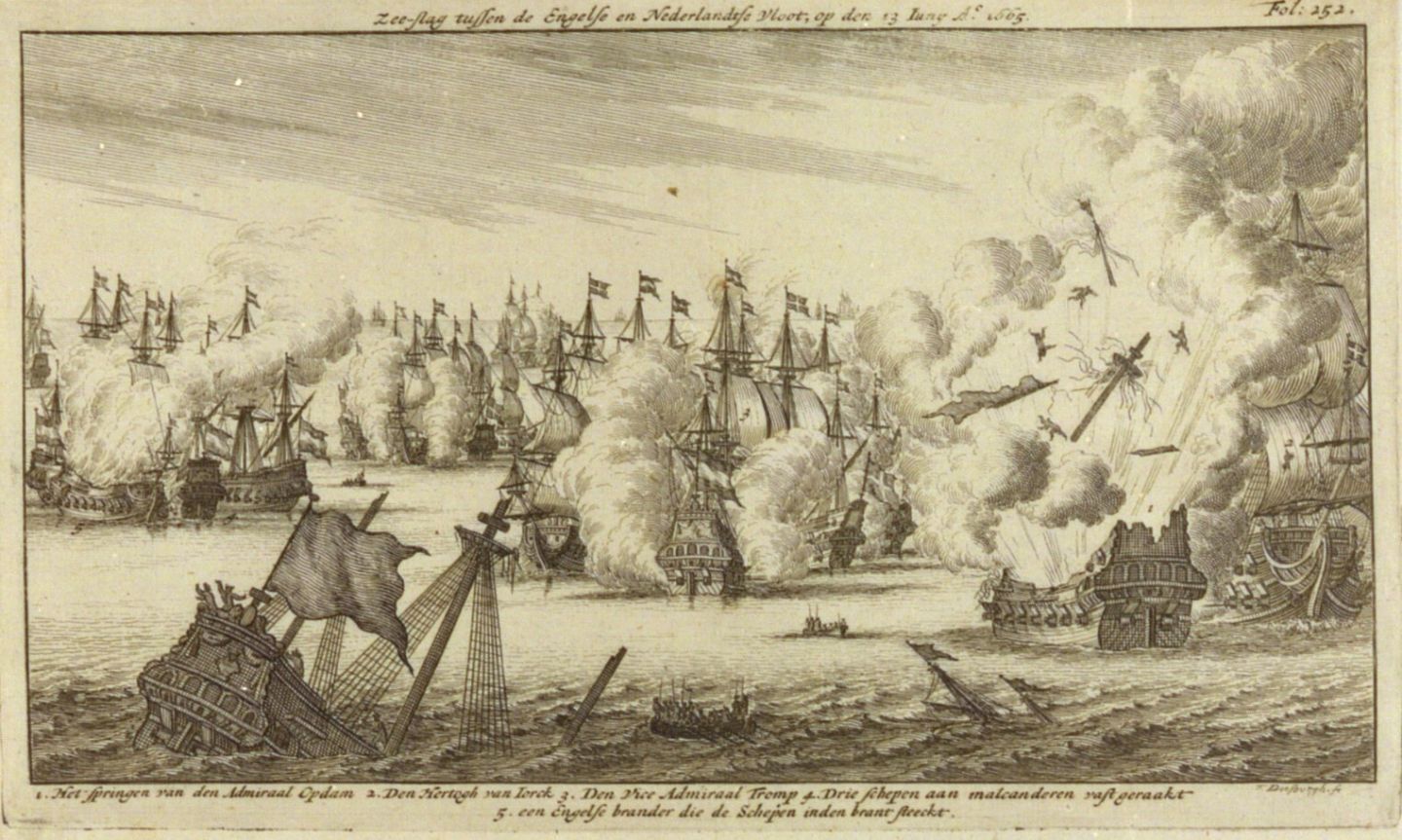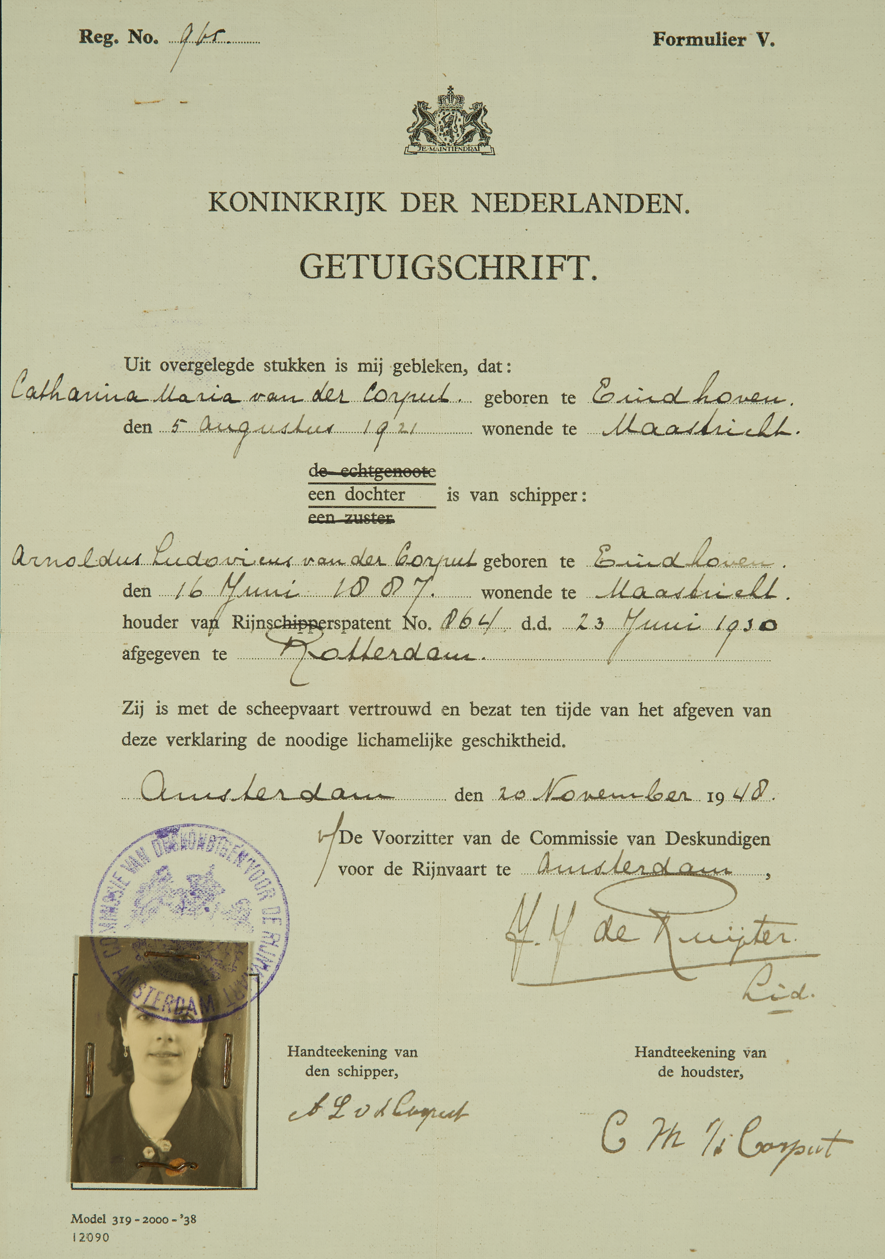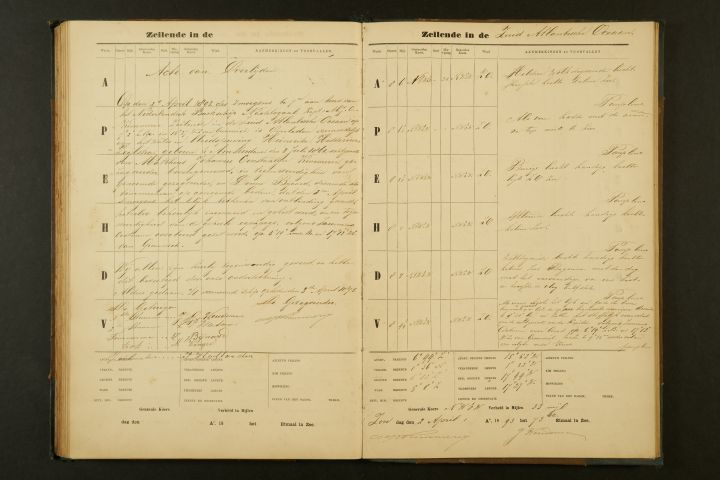
Just because women weren't allowed to sail doesn't mean they didn't
A museum is more than a place where you view exhibitions. Anyone who examines the collection can gain new knowledge. Curator Irene Jacobs thus revealed a piece of the invisible world of women in shipping. The exhibition based on her research will open in the autumn of 2025.
Irene Jacobs was pleasantly surprised during her research into maritime women in the collection. “It turned out that there were hundreds of women of whom we do have something: an archive document, a letter, a photo. I could do further research on them. There is little recorded about them in historiography. But that says nothing about their role in shipping over the years.”
From shipbuilding to naval battle!
This role will soon be reflected in the exhibition ‘Women in Shipping’. Jacobs: “During the preparations, I noticed that too little was known about these women to be able to create an innovative exhibition. One solution was to do more research in the own collection. This was possible thanks to the award of an NWO museum grant for scientific research.”
The stories that Jacobs can ultimately tell using the collection are sometimes spectacular. Others are very ordinary, and therefore special. “They are a good reflection of the presence of women between the 16th and 21st centuries in the entire breadth of the maritime sector. From shipbuilding to naval battles!” There are plenty of good examples. For example, Willemtje Gerrits (born in 1646) fought dressed as a man in at least two naval battles. “The fact that women were not allowed to sail does not mean that they did not do it!”
They didn't get any credit for it
We would not have known about most of the women without studying the collection. Jacobs: “Take Heinerika Hidderina Zeijlstra (1861-1893). The ship’s log of the barque ‘Nachtegaal’ revealed that she, the captain’s wife, died on the ship. That ship was underway for a year and a half. Intriguing, because I had never come across wives going on such long voyages before.”
A nice illustration of the approach to women in history is the story of inland shipping woman Catharina van der Corput (1921-2012). Jacobs: “I found a certificate in which her father stated that she was physically able to work on board. While it was very common for women to work on inland shipping. They also steered, loaded, unloaded and navigated. They just didn’t get any credit for it!”

They often took over the yard from their husband
Neeltje Pannevis (1798-1873) is also intriguing. Among other things, sales documents from the Van der Giessen shipyard showed that Neeltje was the owner and therefore a shipbuilder. “I discovered that there were many women present in shipbuilding, also in the 16th and 17th centuries. They often took over the shipyard from their husbands and clearly had expertise.”

The research is valuable. If you don't name women, they disappear from history. So we have an incomplete picture. Jacobs concludes: "What I also like is that much of the information about women comes from personal papers and informal archives. That shows the value of a museum: we find personal things valuable, so we collect them. That's how we preserve history."
FINANCIAL CONTRIBUTION NWO
Special: it is rare for a curator at the Maritime Museum to be released to do fundamental research. Because of the social importance of her research into the role and importance of maritime women who were active in the Netherlands between 1600 and the present, senior curator Irene Jacobs received a museum grant from the Netherlands Organisation for Scientific Research (NWO) in 2023.
Lees verder over het onderzoek